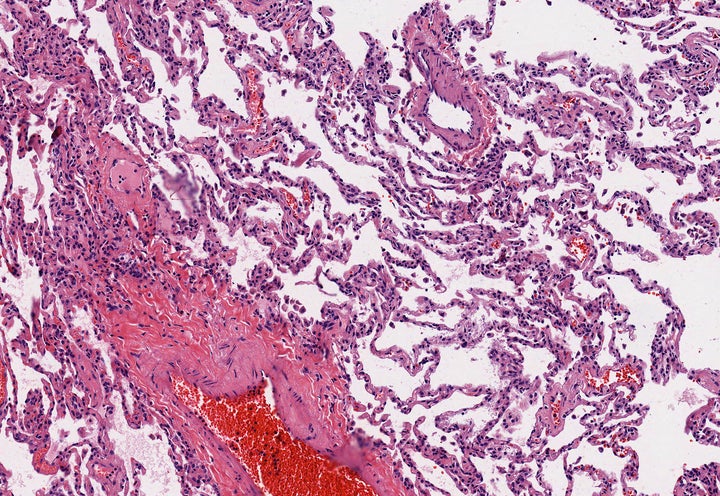Scientists have successfully used stem cells to grow a 3D human lung in a dish.
The breakthrough means that researchers are now able to research deadly lung diseases more effectively, as previously they had to rely on 2D cultures.

The research, carried out by the University of California in Los Angeles, started with tiny synthetic gel beads that were coated with stem cells derived from a human lung.
The cells were allowed to self-assemble around the gel beads into the geometric shapes of air sacs naturally found in human lungs.
They gradually grew into lung ‘organoids’.
SEE ALSO
Although the scientists haven’t built a fully-functioning lung, they were able to assemble enough to mimic the functionality needed to study diseases such as idiopathic pulmonary fibrosis.
Previously, research into this disease was hampered because cells grown in a lab did not mimic the debilitating scarring found in patients - a key feature of idiopathic pulmonary fibrosis.
Now, the new method allows scientists to study the effect of genetic mutations or drugs on lung cells in this state. The procedure will involve collecting cells from an individual, turning them into stem cells, coaxing those into lung cells and then screening the effects of drugs on that individual.
The study’s lead author, Dr. Brigitte Gomperts, said: “This is the basis for precision medicine and personalized treatments.”
